From teens to teachers
Instructors explain lives as students at workplace
Across the campus, many teachers found their passion while sitting in the same desks that their students sit in now.
January 13, 2021
Four long, grueling years of memorizing textbooks cover to cover, navigating social settings and tirelessly clawing at the top class rank. All for a printed sheet of paper allowing young adults to move on to the next stage of life. After graduation, many alumni will go on to careers far and wide, avoiding high school hallways at all costs.
However, some graduates waltz right back into their classrooms several years later, this time upgrading from squeaky chairs and midnight due dates to a proper desk and a paycheck.
Ashley Bridges, Samuel Tirrito and Susan Waldrep were familiar with their workplace long before the school granted them shiny name tags. They once roamed the halls of Texas High as mere students. This occurrence is no coincidence.
“I knew I wanted to be a teacher, and one of the teachers that really influenced me was here when I went to high school,” Bridges said. I loved being a Tiger, and I love the idea of teaching where I went to school. — Ashley Bridges
Along with Bridges meeting someone she admired when she was a student, Waldrep met several big names in TISD before her teaching days. Of these people was a classmate she admired enough to spend the rest of her life with.
“I graduated with the fabulous class of 1976 with two of our school board members, Paul Miller and Fred Norton, and met my husband Roger here,” Waldrep said. “I was a stalker before it was considered hideous. I followed him all around the school.”
Although Waldrep formed a bond during high school that led to a lifelong commitment, she also made friends roaming the halls as an adult. Waldrep believes the bonds teachers share when teaching the same subject was a primary factor in deciding her place of work.
“Even though the teachers rotate and new crops come in, I think the bonding that the teachers have within their departments has always stayed strong,” Waldrep said. “I love the English hall, and that’s the reason I got an English degree. I thought they had so much fun. Then I became a teacher, and I was in that hall, and I was like, ‘I was right.’”
Returning back to her old stomping grounds, Waldrep met a student who would one day become a coworker.
“Stuco was still [led by] Mrs. Waldrep when I was a student,” Tirrito said. “She was my 10th grade English teacher. [My teaching here] was purposeful. My mom taught in TISD, and I worked here when I went to college in TC, so I always wanted to come back and teach here if I had the chance.”
Now a 10th and 12th grade English teacher himself, Tirrito notices the changes in attitudes and environment among teenagers over the years.
“Dress code [is] still the same,” Tirrito said. “Expectations for students have probably gone up. I think getting into college has become more competitive. People pay attention to top 10% GPA a lot more. There [were] kids that paid attention when I was in school, but it seems like that group is a lot larger now.”
Waldrep considers education to be one of her workplace’s strong suits for teenagers looking to challenge themselves. In her days as a student, she was involved in a wide range of activities, some of which she believes have become more inclusive.
“We’ve always been academically strong, and really Texas High has opened up more than when I was there,” Waldrep said. “I was a Rosebud. I was a cheerleader. Now, I think you have more opportunities to get involved in where you want to be involved. Only boys could be in Key Club. Now, anyone can be in. You don’t have to be elected to student council, and when I was here, you did.”
Waldrep is the primary sponsor of the student council. Bridges was given the opportunity to serve as an advisor to a club she participated in during her youth.
“Rosebuds was when I was in highschool, and now I’m over Rosebuds,” Bridges said. “That’s kind of something special to me, to be a Rosebuds member and now be the sponsor. We try to do a little bit more with them than what we used to do. Try to push them.”
Bridges, who graduated fairly recently, was a student at the dawn of many 21st century technologies. As a result, she remembers working with computers that may sound archaic to today’s highschoolers.
“The way we’re having to learn [is different],” Bridges said. “We used to have chunky Lenovo laptops when they were first introduced into the classroom. The most we could do on them was make PowerPoints and fancy backgrounds on a PowerPoint, and now we’re asking to do so many digital projects.”
[High school students] have really unique ideas, and I love watching them develop. Some people say they do mean things, but that’s been going on since the beginning of time. — Susan Waldrep
Electronic evolutions have also influenced school rules due to the birth of social media and the lasting impact it can cause. Current highschoolers’ perceived habit of depending on technology, Waldrep says, can lead to false assumptions about teenagers today.
“One of the changes are a lot of the rules that were brought in with social media because what we could do in the ’70s, [students today] cannot do,” Waldrep said. “People say, ‘These kids are terrible,’ but they’re not. High school kids are not terrible.
From textbook to laptop, and from student to teacher, Texas High’s longtime inhabitants are able to uphold students to the same academic standards as when teachers strolled around school with backpacks instead of name tags.
“We’ve kept our academic standards extremely high,” Waldrep said. “As my mother used to say, ‘When you have a diploma from Texas High, it actually means something,’ I have come to appreciate that. It means that you have met a standard that was not easily met. You have to apply yourself and do some good to get that diploma.”


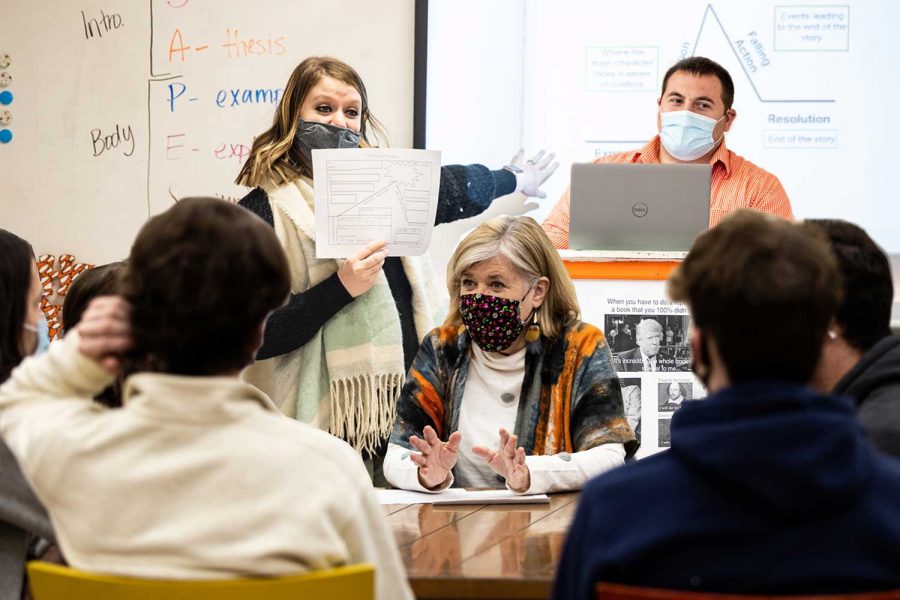














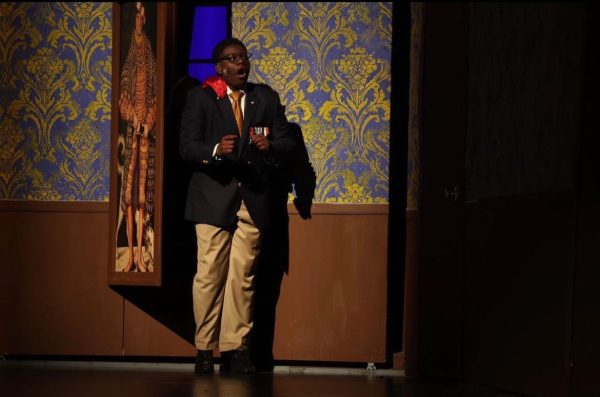
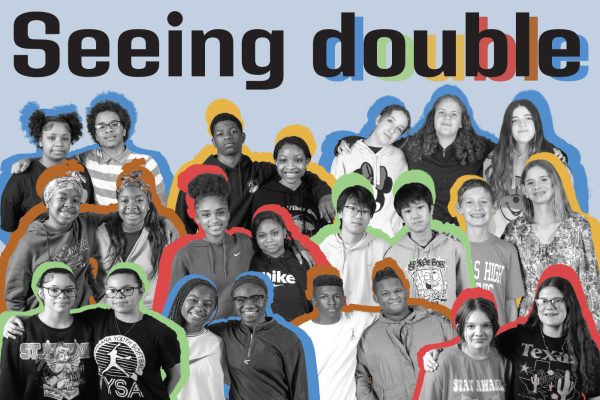
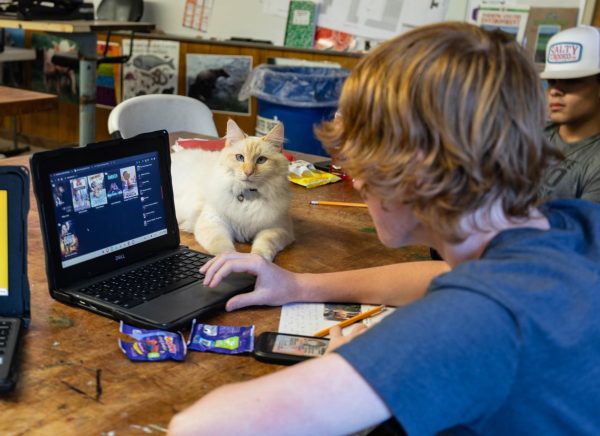
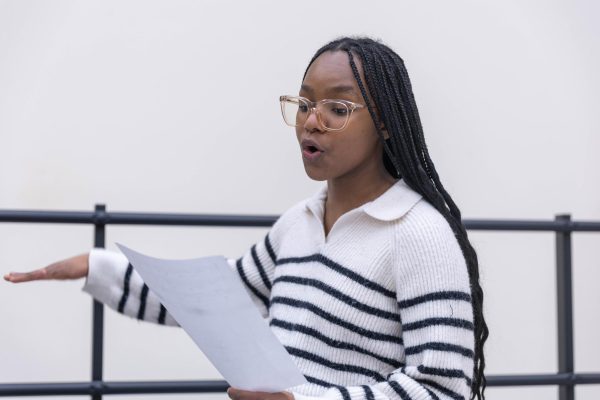

Sara Burns Langford • Mar 5, 2021 at 9:16 pm
Loved reading this article about two of my former students (Sam in 2nd grade and Ashley at A&M-T), but Susan was a “friend” at THS. As an upperclassman, she fed me, a humble 10th grader, green pea baby food and put all kinds of goop in my hair before driving a bunch of us through a car wash in the back of a pickup! Yes, THS hold memories both old and blossoming. Teach on, Friends! I’m proud of all of you and wish you the very best. ?